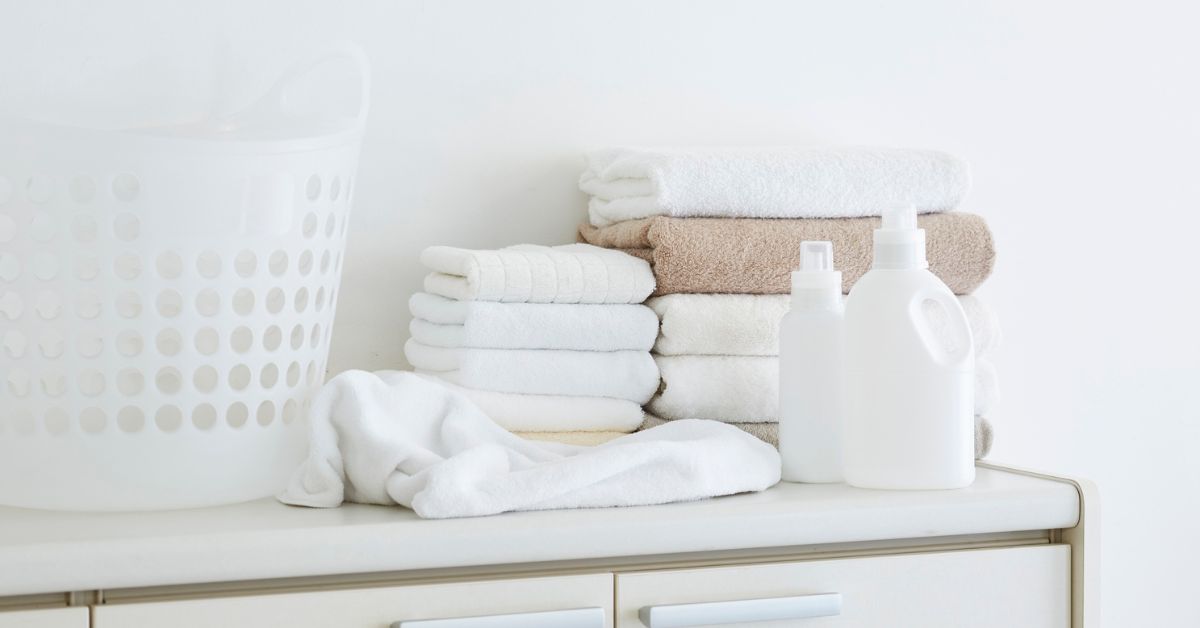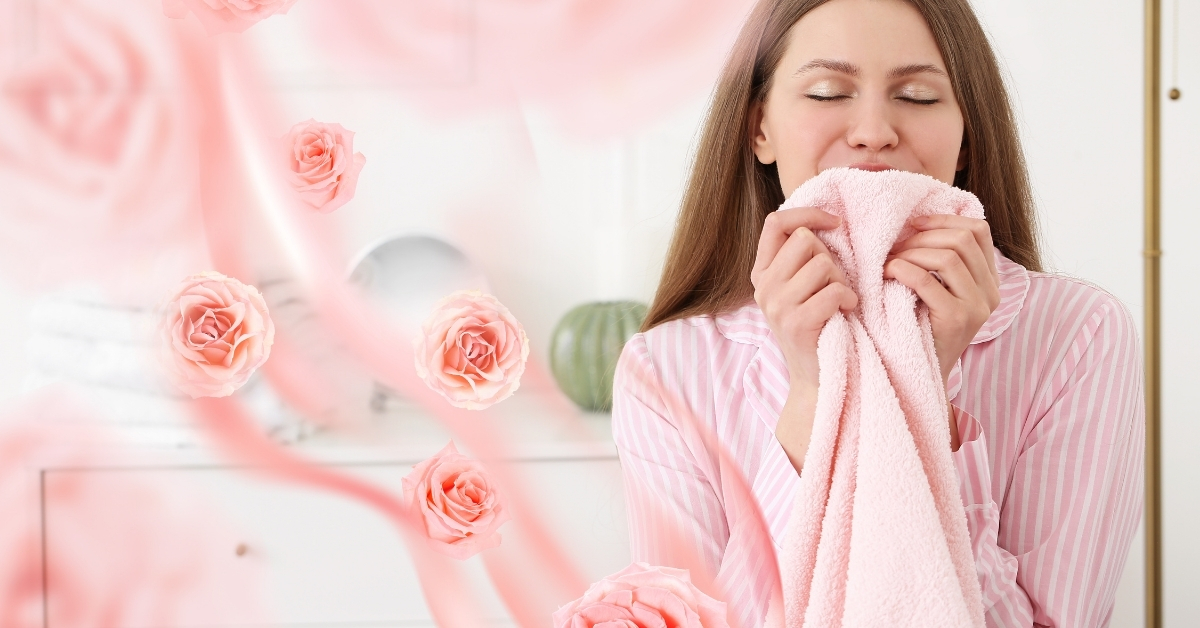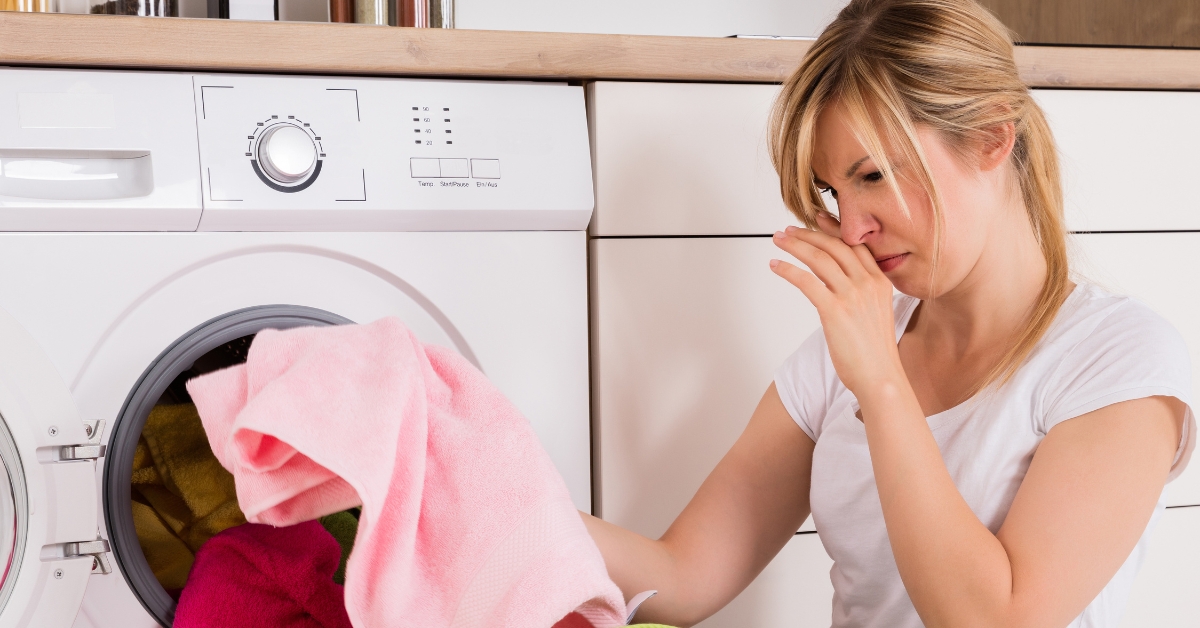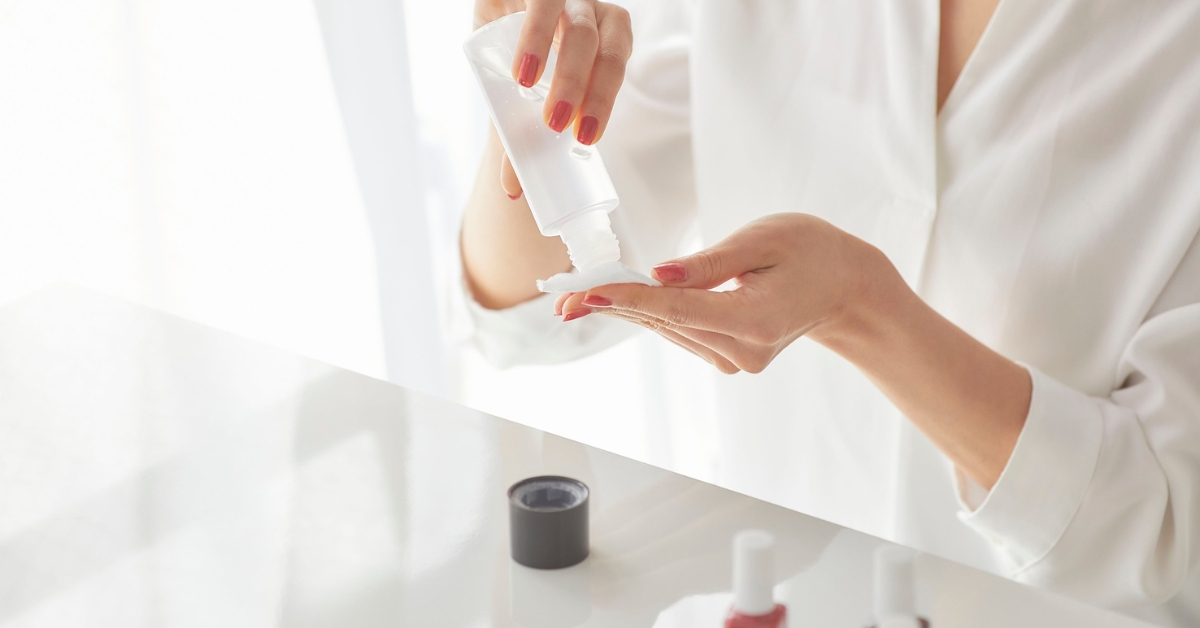We’ve all experienced it: a sudden, mysterious rash or persistent itch after putting on a fresh, clean shirt or slipping into bed with freshly washed sheets. The culprit is often the last thing we suspect—our laundry detergent. While most of us think of detergents as simply cleaning agents, the fragrances and dyes within them can be a major source of skin irritation.
When that happens, finding the right laundry detergent for skin allergies becomes a crucial step in taking back control of your comfort.
This guide is designed to empower you with the knowledge you need to protect your skin. We’ll cut through the confusion and explain the critical difference between “fragrance-free” and “unscented” labels, so you can make informed, safe choices for a healthier laundry routine.
Table of Contents
Understanding Fragrance Allergies
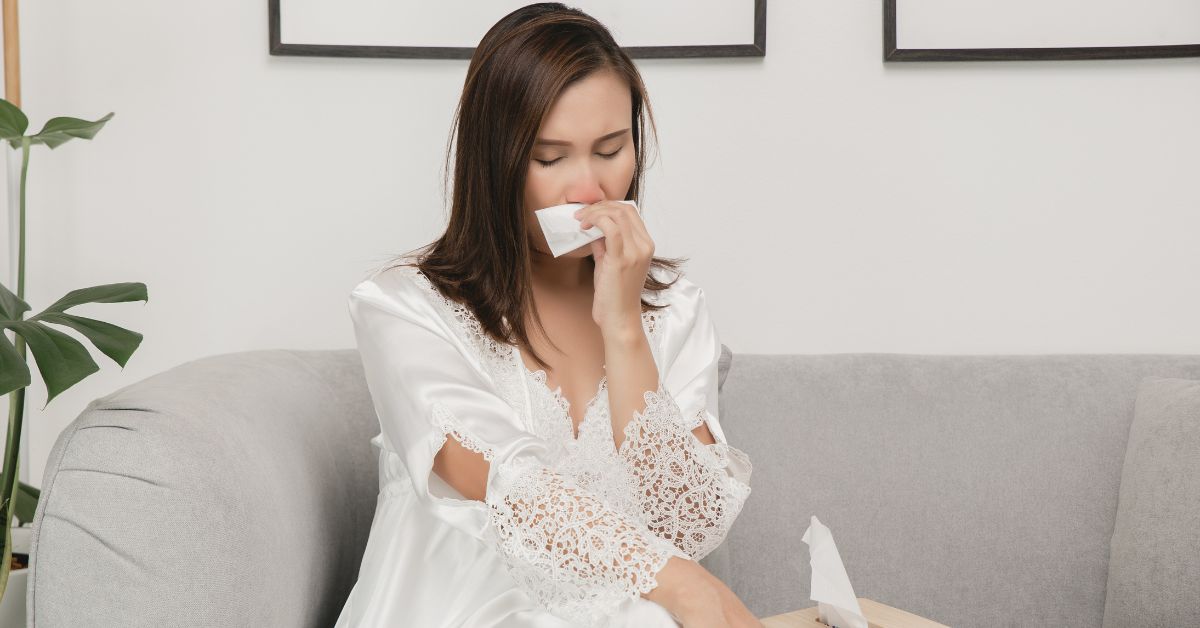
What Are Fragrance Allergies?
While many people have sensitive skin that reacts to harsh chemicals, a true fragrance allergy is different. It’s an immune system response, specifically a type of allergic contact dermatitis, where your body identifies a fragrance compound as a threat and reacts defensively.
Unlike a simple irritant reaction, an allergy can develop over time after repeated exposure and may not appear immediately after contact.
Common Symptoms to Watch For
An allergic reaction to laundry detergent can manifest in a variety of ways, sometimes far from the clothes themselves. Look for symptoms such as:
- Skin: An itchy, red rash, hives, swelling, or dry, flaky patches of skin.
- Respiratory: Sneezing, coughing, wheezing, or a runny nose.
- Other: Itchy, watery eyes, headaches, or even general fatigue.
How Fragrances Trigger Reactions
The term “fragrance” on a label is a catch-all for a complex blend of dozens, or even hundreds, of different chemical compounds. Many of these are Volatile Organic Compounds (VOCs), which are gaseous chemicals that can be released into the air from laundry products.
While a brand may use a “natural” fragrance derived from a plant, it still contains chemical compounds like limonene or linalool, which are common allergens. Both natural and synthetic fragrances contain the potential to trigger a reaction.
Who is Most Affected?
While anyone can develop a fragrance allergy, certain groups are more susceptible. Individuals with pre-existing skin conditions like eczema or psoriasis are at a higher risk, as are people with asthma or other respiratory issues, since VOCs can aggravate their symptoms.
Deciphering Laundry Labels: What to Look For
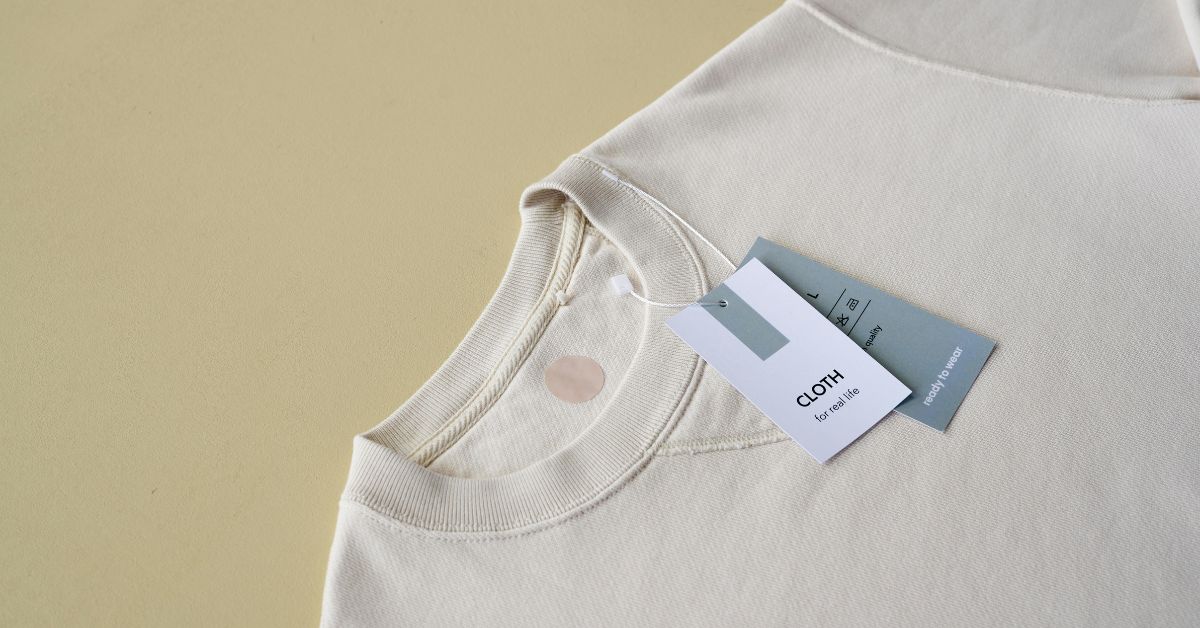
Sorting through the laundry aisle can feel like a puzzle, especially when brands use clever marketing to make their products sound gentle. The key is to look past the pretty packaging and learn to read the fine print.
The Crucial Distinction: “Fragrance-Free” vs. “Unscented”
This is probably the most confusing part for many people, but once you get it, you’ll feel much more confident.
- Fragrance-Free: This is your gold standard. When a product is labeled “fragrance-free,” it means that no fragrance-causing compounds have been added to the formula. It’s the only truly safe option for those with allergies.
- Unscented: This is where it gets tricky. An “unscented” product may still contain fragrance. How? It often includes a masking fragrance—a small amount of a scent-neutralizing chemical—to cover up the unpleasant smell of the raw ingredients. So, while it doesn’t smell like anything, it can still trigger an allergic reaction.
Key Ingredients to Avoid
Since the word “fragrance” on an ingredient list can be so vague, it’s helpful to know some of the most common chemical names that are known allergens. Look out for these ingredients when you’re checking a product’s label:
- Linalool
- Limonene
- Citronellol
- Geraniol
- Cinnamal
It’s also a good idea to steer clear of phthalates (often used to make scents last longer) and certain dyes and colorants, as these can also cause skin irritation.
Recognizing Reputable Certifications
Because of the confusion around labels, trusted third-party certifications can be a lifesaver. Look for these stamps of approval, as they signal that a product has been vetted by experts.
- “Free and Clear”: While this isn’t an official certification, it’s a strong indicator that the product is formulated without dyes and fragrances.
- National Eczema Association (NEA) Seal: Products with this seal have been tested and approved to be free of known skin irritants. It’s one of the best seals to look for if you have a pre-existing condition.
- Dermatologist-Tested: This means the product has been reviewed or tested by dermatologists, but it doesn’t guarantee it’s 100% free of allergens. It’s a good sign, but always check the ingredients list as well.
Choosing the Right Laundry Detergent
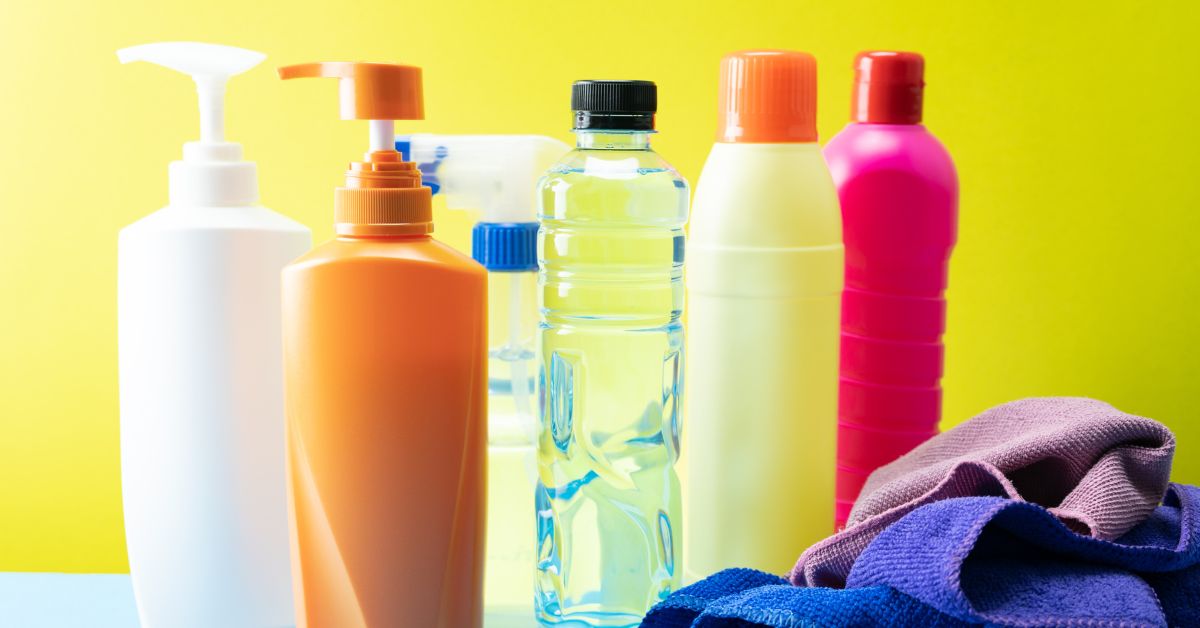
Now that you know what to look for, you’re ready to make a smart choice on your next shopping trip. The process doesn’t have to be complicated. The golden rule is always to look at the ingredients list on the back of the bottle, not just the claims on the front. Here are some categories to help you narrow your search.
True Fragrance-Free Detergents
This is the simplest and safest option. Look for products that are explicitly labeled “fragrance-free,” and always do a quick scan of the ingredients to be sure there isn’t a masking fragrance or other potential irritants.
These products are formulated from the ground up to be gentle and effective. Popular brands often have a “Free & Clear” version that fits this category, such as Tide Free and Gentle or All Free Clear.
Hypoallergenic Options
The term “hypoallergenic” means a product is designed to cause fewer allergic reactions. While this is a good sign, it doesn’t mean it’s entirely allergen-free. These products are a great starting point for people with sensitive skin, as they typically avoid the most common triggers like perfumes and dyes. However, you’ll still want to check the label for any of the specific ingredients we discussed earlier.
Eco-Friendly and Natural Formulas
Many eco-friendly and natural detergents are excellent alternatives for allergy sufferers. They are often plant-based and biodegradable, avoiding many of the harsh, synthetic chemicals found in traditional detergents.
However, it’s crucial to be a savvy shopper. A “natural” scent, such as one from essential oils like citrus or lavender, can still trigger an allergic reaction. Always check the ingredients list and look for certifications to ensure the product is truly free of irritants.
Best Practices for Washing with Allergies
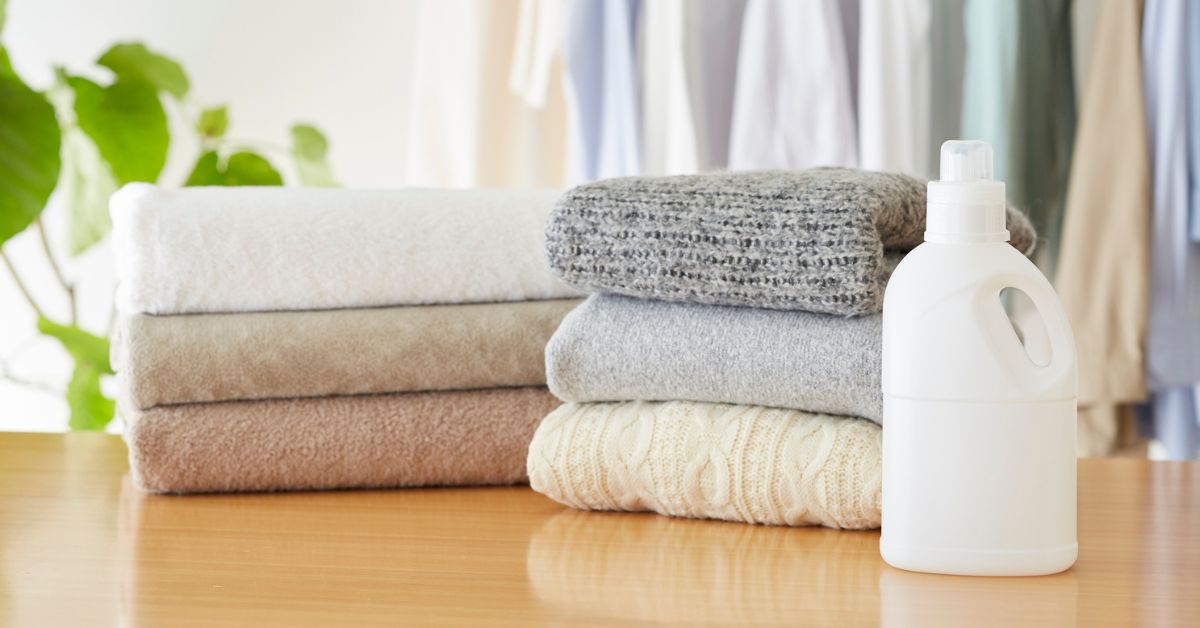
Making the right choice in the laundry aisle is just the first step. The way you wash your clothes also plays a huge role in preventing skin irritation. Here are a few simple habits that can make a big difference.
Pre-Wash Tips
- Wash New Clothes: Always wash new clothes before you wear them. Fabrics from the factory can have lingering chemicals and scents from the manufacturing process that can irritate your skin.
- Separate Your Laundry: If you share a home with family or roommates who use scented products, wash your clothes separately to avoid cross-contamination from their items. The residue from their detergent or fabric softener can transfer to your clothes, even in the same washing machine.
During the Wash
- Double-Rinse: A single rinse cycle might not be enough to remove all the detergent residue from your clothes, which can be a major source of irritation. Whenever possible, use your washer’s double-rinse or extra-rinse setting to ensure everything is thoroughly washed away.
- Skip Fragrant Add-ins: Resist the temptation to use fragrant fabric softeners, dryer sheets, or scent boosters. These products are designed to leave a strong, long-lasting fragrance on your clothes, and they are packed with the very chemicals that cause allergic reactions. A plain white vinegar rinse in the fabric softener dispenser can naturally soften clothes and remove residue without any added scents.
Post-Wash
- Proper Storage: Be mindful of how and where you store your allergy-safe detergent. Keep it in a sealed container and away from any other scented laundry products to prevent cross-contamination.
When to See a Doctor

While this guide can help you navigate the world of laundry detergents, sometimes a skin reaction requires professional medical advice.
Testing for Sensitivities
If you suspect a new detergent might be causing an issue, you can perform a simple at-home patch test. Apply a small amount of the diluted detergent to a sensitive area of your skin, like the inside of your elbow or wrist. Cover it with a bandage for a day and monitor the area for any redness, itching, or swelling. This can help confirm a sensitivity before you wash a full load of laundry.
Signs You Need Medical Attention
If you experience any of the following, it’s a good idea to schedule an appointment with a healthcare professional or dermatologist:
- A severe or widespread rash that doesn’t improve with over-the-counter creams.
- Symptoms that are persistent and keep coming back even after you’ve switched to a fragrance-free detergent.
- Any signs of respiratory distress, such as wheezing, difficulty breathing, or a persistent cough. These symptoms could indicate a more serious reaction.
By being proactive about your laundry routine and knowing when to seek help, you can keep your skin happy and comfortable.
A Healthier Laundry Routine is Within Reach
Navigating the world of laundry detergents can be tricky, but with the right knowledge, it’s easier to keep your skin happy and healthy. By learning to read labels, understanding the difference between “fragrance-free” and “unscented,” and avoiding common allergens, you can build a safe and fresh laundry routine. The power to protect your skin is in your hands! We’d love to hear about your experiences—share your tips and favorite products in the comments below.
